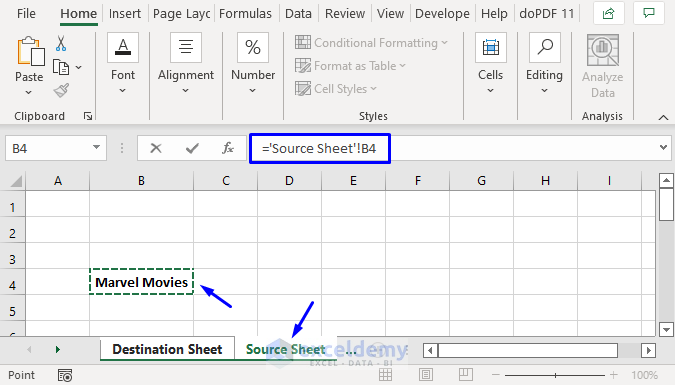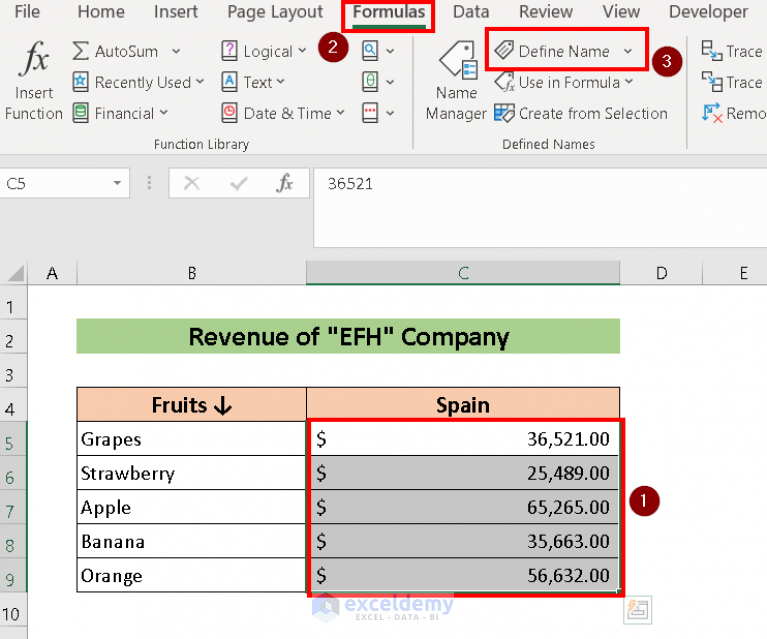Easily Link Sheets in Excel: A Simple Guide

Linking sheets in Excel is an indispensable skill for anyone who regularly works with spreadsheets. Whether you're organizing financial data, managing project timelines, or consolidating reports, the ability to interconnect data across multiple sheets can streamline your workflow, reduce errors, and provide a more coherent overview of complex information. This guide is designed to walk you through the simple steps to link sheets in Excel, enhancing your productivity with ease.
Why Link Sheets in Excel?

Before we dive into the technicalities, let’s explore why linking sheets in Excel is beneficial:
- Data Consolidation: Combine data from various sheets into one comprehensive report.
- Automation: Update related sheets automatically when changes are made.
- Consistency: Keep calculations, references, and data points consistent across multiple workbooks or worksheets.
- Simplicity: Simplify the presentation of complex data, making it easier to understand and manage.
How to Link Sheets in Excel

Now, let’s look at how you can link cells between sheets in Excel:
Basic Cell Linking

To link a cell from one sheet to another:
- Select the cell where you want the linked data to appear.
- Type
=, then navigate to the cell in another sheet by clicking on the desired sheet tab and cell. The formula should now read something like=Sheet2!A1. - Press Enter to finalize the link.
Linking Multiple Cells or Ranges

For linking multiple cells or entire ranges:
- Select the range of cells where you want the data to appear.
- Enter a formula like
=Sheet1!A1:A5if you want to link cells A1 through A5 from Sheet1. - Adjust as necessary, then press Enter.
Advanced Linking

You can also perform calculations or functions across linked cells:
- In the destination cell, type a formula like
=SUM(Sheet1!A1:A5)to sum the values from cells A1 to A5 on Sheet1. - Use functions like
VLOOKUPorINDEX/MATCHfor more complex operations.
Linking to External Workbooks

Linking to data from another workbook involves:
- Open both workbooks.
- Select the cell where you want to display the linked data.
- Enter the formula in the form
=[WorkbookName]SheetName!CellReference. For example,=[Financials.xlsx]Sales!B2.
🔍 Note: Ensure that the workbook containing the source data is not moved or renamed, as this will break the link.
Managing Linked Data

Here are some tips for managing linked data effectively:
- Check Links: Use the
Data > Edit Linksoption to review and update links. - Break Links: If a link becomes unnecessary or causes errors, break it using
Data > Edit Links > Break Link. - Use Named Ranges: Naming cells or ranges can simplify link management and readability.
Linking sheets in Excel not only helps in managing data but also in presenting it in a way that is meaningful and actionable. By following the steps outlined in this guide, you'll be able to automate data flow, minimize manual errors, and make data analysis and reporting more efficient. Remember, mastering these simple yet powerful techniques can significantly boost your productivity in handling complex datasets.
Can I link sheets from different Excel files?

+
Yes, you can link sheets from different Excel files using the formula =[WorkbookName]SheetName!CellReference. Ensure both files are open or that the source file is accessible by Excel.
How do I update or break links in Excel?

+
Go to Data > Edit Links to update or break links. Here, you can choose to update links, break them, or change the source of the links if needed.
What happens if I rename or move the source file?

+
Renaming or moving the source file can break the links unless the file is correctly updated. Use Data > Edit Links > Change Source to update the link to the new file location or name.



